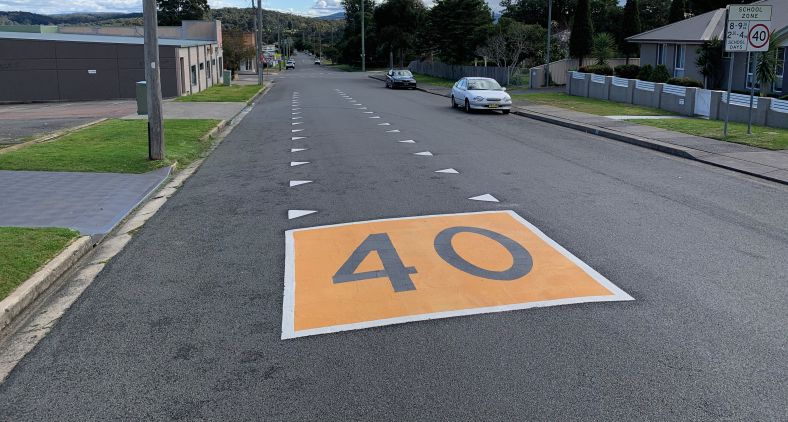Road lines and markings
Road lines and markings like painted arrows, painted islands and kerb lines tell you where you can and can't go on the road. Here are the rules in NSW.
White dividing lines
White dividing lines separate vehicles travelling in opposite directions.
Generally, you must always drive to the left of dividing lines, whether they’re single or double, broken or unbroken.
You can cross a white dividing line to avoid an obstruction if:
- you have a clear view of approaching traffic
- it’s necessary and reasonable
- you can do so safely.
Single dividing line
You can cross a single broken dividing line to:

You can cross a single unbroken dividing line to:
- enter or leave the road
- angle park on the opposite side of the road (without making a U-turn).

Double dividing line
You can cross double unbroken lines to enter or leave the road by the shortest route.


You can cross double lines with an unbroken line closer to you to:
- enter or leave the road
- angle park on the opposite side of the road (without making a U-turn).

Some roads have wide centrelines that are up to 1.5m apart. They increase the distance between oncoming lanes of traffic to help prevent head-on crashes. The road rules for wide centrelines are the same as for other dividing lines.

Edge lines
Edge lines mark the edge of the road to help you see where you’re going. They also help to keep vehicles off soft road edges and out of breakdown lanes.
Edge lines are unbroken.
There are rules for overtaking and turning near edge lines.

Rumble strips
Rumble strips are raised pieces of material on or near edge lines or dividing lines. When you drive over them, they make a rumbling sound and your vehicle vibrates to warn you that you’re leaving your lane.
When your wheels run over edge lines or rumble strips, slow down and ease back onto the road.
Yellow kerb lines
Yellow kerb lines painted near the edge of the road show there are stopping restrictions.
Broken kerb line (clearway)
A broken kerb line marks a clearway. You must not stop in a clearway between the hours shown on the sign, except in an emergency.
See Restricted parking for clearway parking rules.
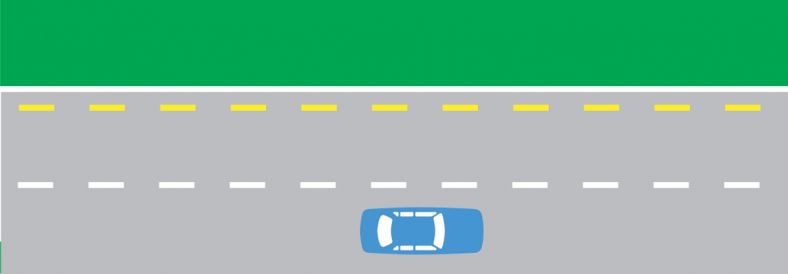
Unbroken kerb line (no stopping)
An unbroken kerb line means you must not stop here, except in an emergency.
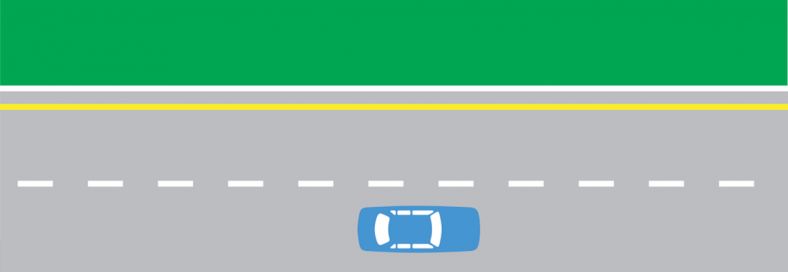
Painted islands
A painted island is a striped section of road surrounded by double or single lines.
You can drive on a painted island surrounded by single broken or unbroken lines for up to 50m to:
- enter or leave the road
- enter a turning lane that begins immediately after the painted island
- angle park on the opposite side of the road (without making a U-turn).
You must not drive on a painted island that:
- separates 2 lines of traffic travelling in the same direction
- is surrounded by double lines
- separates the road from a slip lane.

When you enter a turning lane from a painted island, you must give way to any vehicle:
- already in the turning lane
- entering the turning lane from another lane.

Traffic islands and median strips
A traffic island is a raised area on a road to direct traffic.
You must not drive on a traffic island, unless it’s designed for vehicles to drive on it.
A median strip is an area that separates vehicles travelling in opposite directions. It can be raised, painted or covered in grass and/or trees.
You must not stop or park on a median strip, unless a sign says it’s a median strip parking area.
S-lanes
An S-lane creates a right-turn lane by making the other lanes follow an S-shape and merge with the kerb-side lane.
A single unbroken white line separates the S-shaped lanes. You must not cross this line when turning into an S-lane.

Painted arrows
Painted arrows show you which direction you can take in a lane. When the arrows show more than one direction, you can go in any of those directions.
You must always indicate when you’re turning, even when there’s a painted arrow.
As you turn from one road into the other, stay in the same lane.
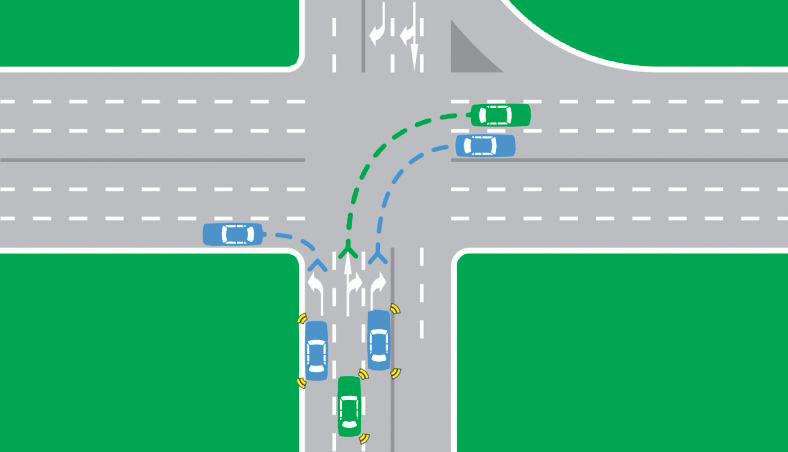
Keep clear
'Keep clear' markings are used to keep the road clear outside particular areas so vehicles can enter or exit – for example, at hospitals, fire stations and car parks.
'Keep clear' markings are also used at intersections to:
- stop vehicles blocking the intersection
- make it easier for vehicles to exit or enter a side road.
You must not stop in a ‘Keep clear’ area.
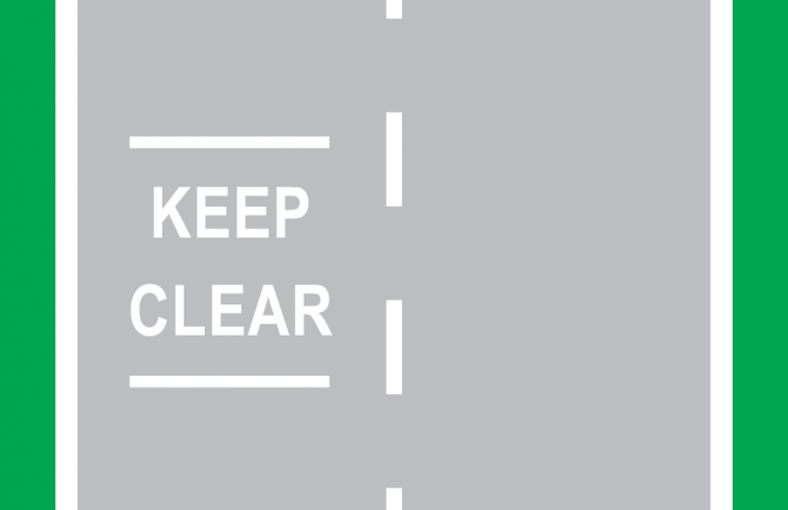
Dragon’s teeth
Dragon’s teeth are painted triangles arranged in pairs on each side of a lane or road.
They help to make school zones more visible and alert drivers to the 40km/h speed limit.
